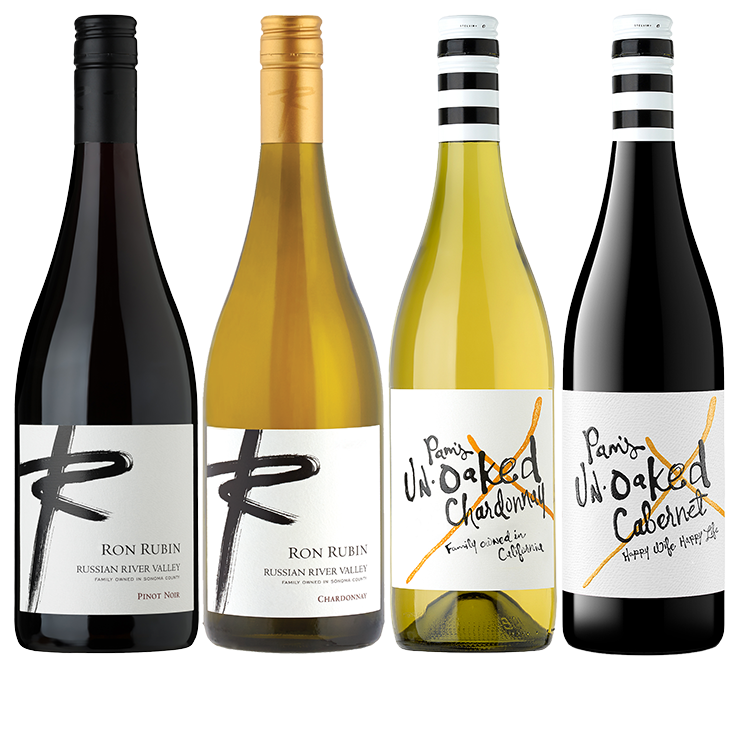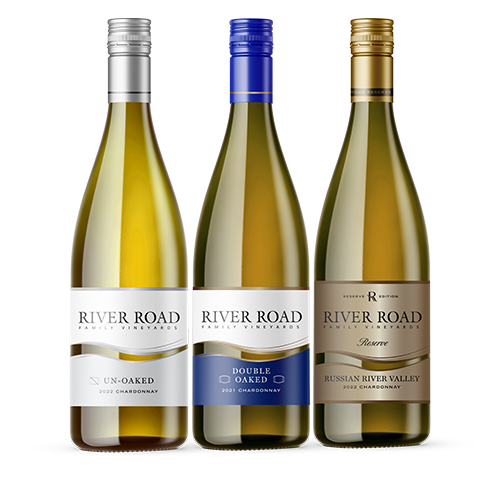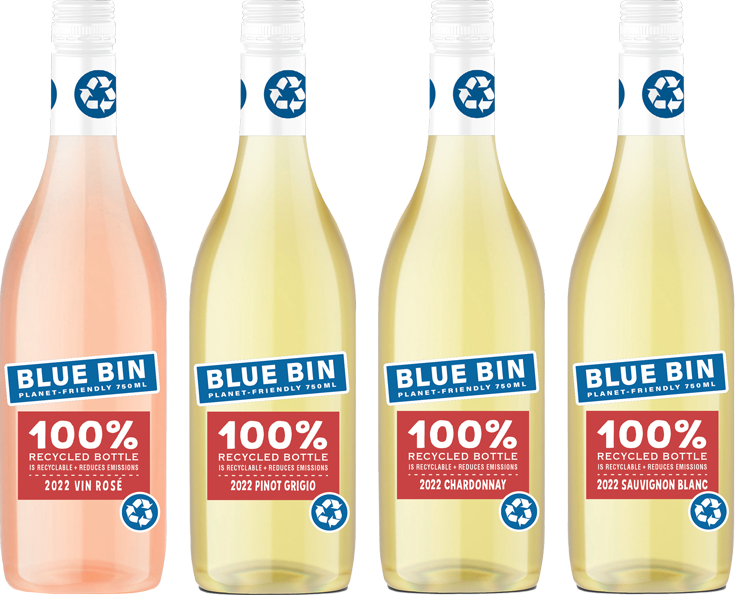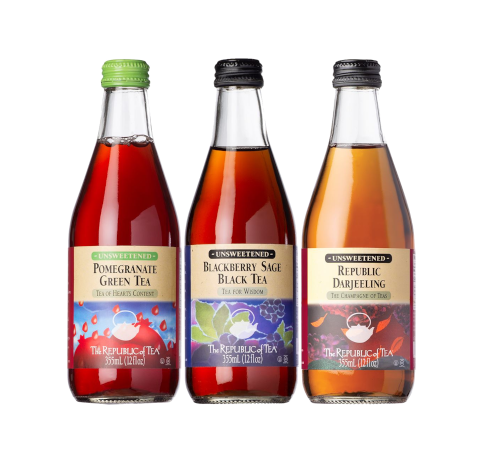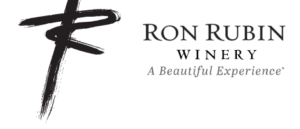VINEYARD UPDATE
Spring has been slow to catch hold over the past month, but finally seems to be here for good. With weather ranging from mild and wet, to clear and cold, we’ve experienced quite an unsettled period. The vines, fortunately, don’t seem any worse for wear. Instead, they’re thriving and show uniform growth throughout the vineyard.
As we proceed through May, we’ll move out of frost “season.” Each week brings an added measure of safety, and by Memorial Day we’ll put the risk entirely behind us. There will be no more late night frost alarms for our vineyard team, a relief to us all!
The next critical time for our vineyard’s health is bloom, approximately one month away. Just as with frost season and harvest time, bloom is a critical moment requiring ideal weather, to set a consistent and sizable crop. I’ll have an update for you next month.
SUSTAINABILITY UPDATE
One of the biggest challenges facing a grape grower is weed control. We eliminated all Roundup use several years ago, which is a common method for dealing with under-vine weeds. Hand labor is time consuming and expensive with late season rains, as we’ve seen in 2018. It requires multiple passes with a hoe. So what is the solution? Enter the “sunflower” tiller!
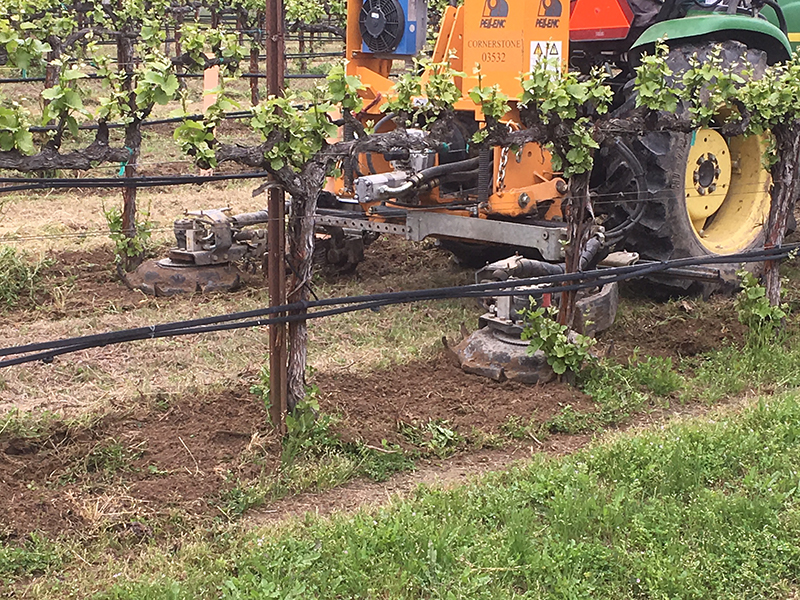
This tractor implement incorporates spinning blades and hydraulic arms, which automatically retract before contact with the vines’ trunks. A highly attentive and experienced operator is needed to avoid damaging young vines. But, weeds are scrubbed clean from under and around the vines, reducing competition for water and nutrients. Look at the before and after photos for a dramatic representation.
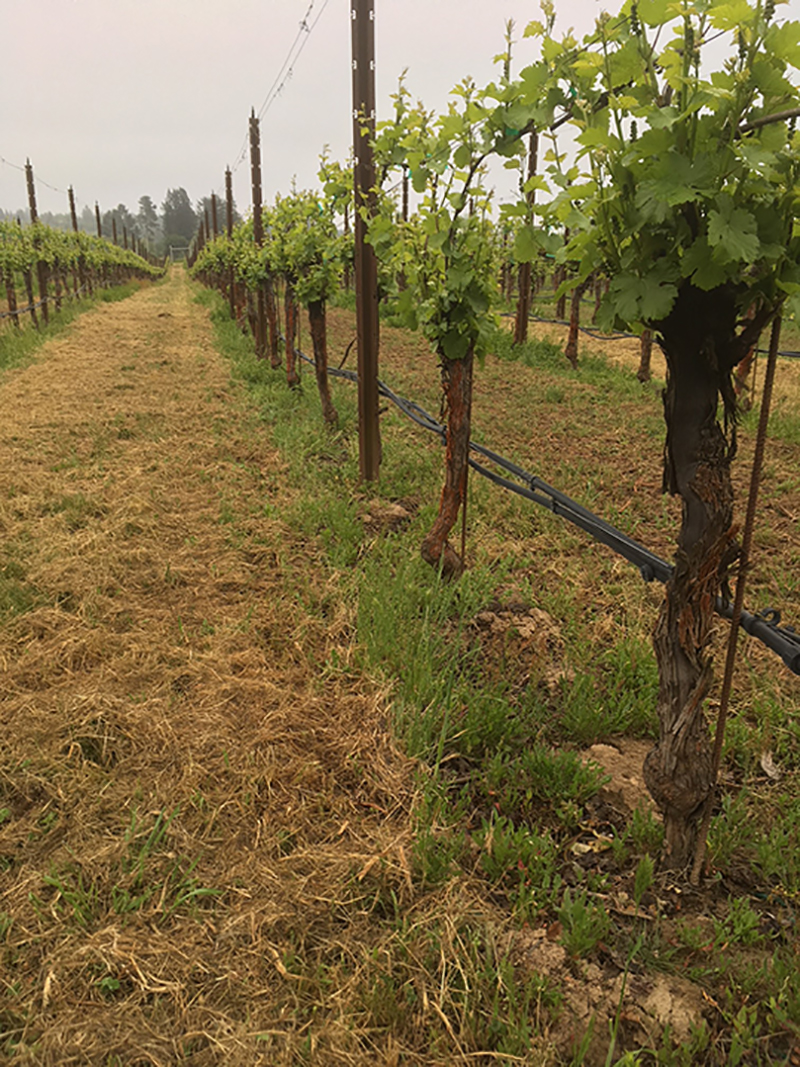
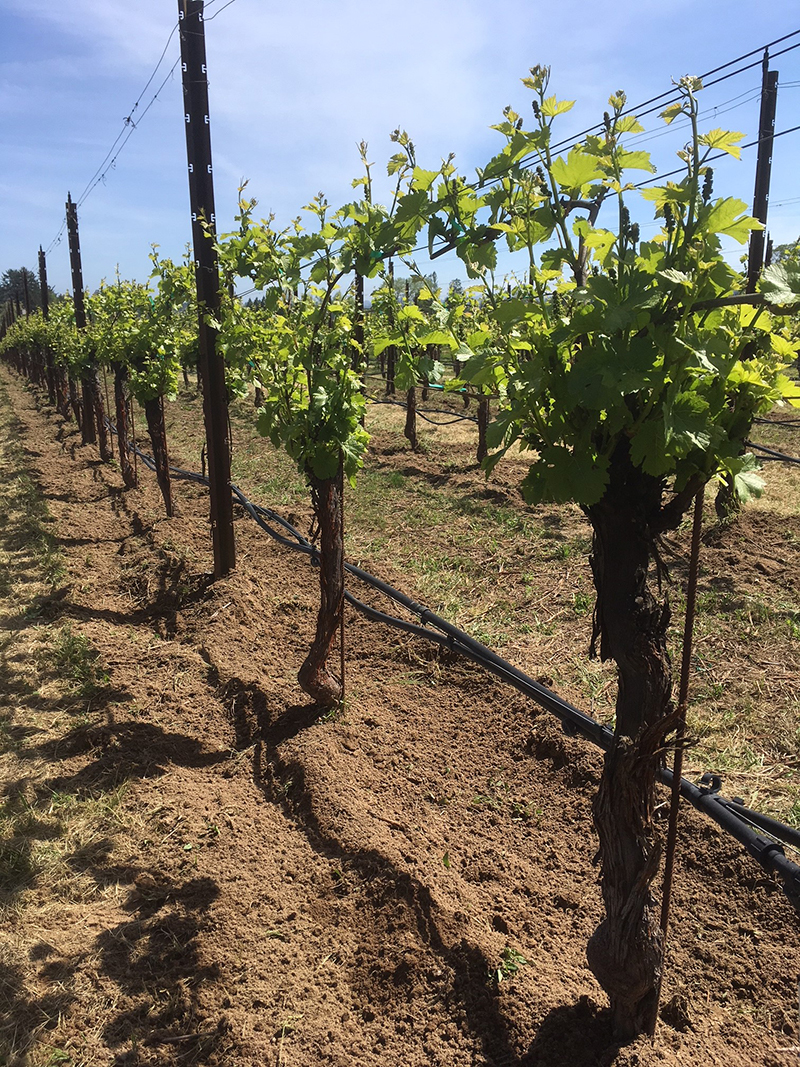
A great moment at our estate vineyard occurred this month, with the discovery of barn owls in two of our nesting boxes. We have a nesting pair in one box, and a young bachelor in the other. With these highly skilled hunters in residence, our gopher population is in trouble. It’s exciting to see another member of the local ecology find a place in the vineyard, while protecting our vine roots from excessive damage by burrowing rodents.

Certified California – Learn More…
SIP Certified – Learn More…
WINERY HIGHLIGHTS
One high point of the spring season, in the winery, is evaluation of our barrel aged wines. The Chardonnay is settling down post-malolactic fermentation (conversion of malic acid to lactic acid, imparting a “buttery” note), and is showcasing wonderful richness and vibrancy. The young Pinot Noirs are becoming more elegant, with the youthful fermentation aromas receding and exposing great strawberry and cherry expression.
Back to the barrel selections: Ed and I are actively tasting through individual barrels, selecting the most significant vineyard lots for each blend. Once we’ve allocated the barrels, the next step is to “rack” the settled wine from the barrels and into blending tanks. This racking process involves moving clean wine off any yeast cells and insoluble components (the “lees”), which have settled to the bottom of the barrel.
It’s a delicate process, with its own specialized winery tool – the “Bulldog.” This consists of a racking tube that’s inserted into the barrel, and adjusted so it’s drawing wine from just above the settled lees. Once in the barrel, the barrel is pressurized with nitrogen gas, where it forces the wine out through the hose.
We use pure nitrogen, as opposed to compressed air, to avoid exposing the wine to oxygen. At this point in the wine’s life, wines are quickly degraded through oxidation. As a consequence, we monitor dissolved oxygen levels and use tools that limit exposure.
Here’s the Bulldog in use:

We’ll bottle our 2017 Ron Rubin Russian River Valley Chardonnay and 2017 Ron Rubin Pinot Noir blends, over the course of the next month. It’s the culmination of years of efforts in the vineyards, cooperages, our winery, and a truly exciting moment in the life of these wines!
Cheers!

